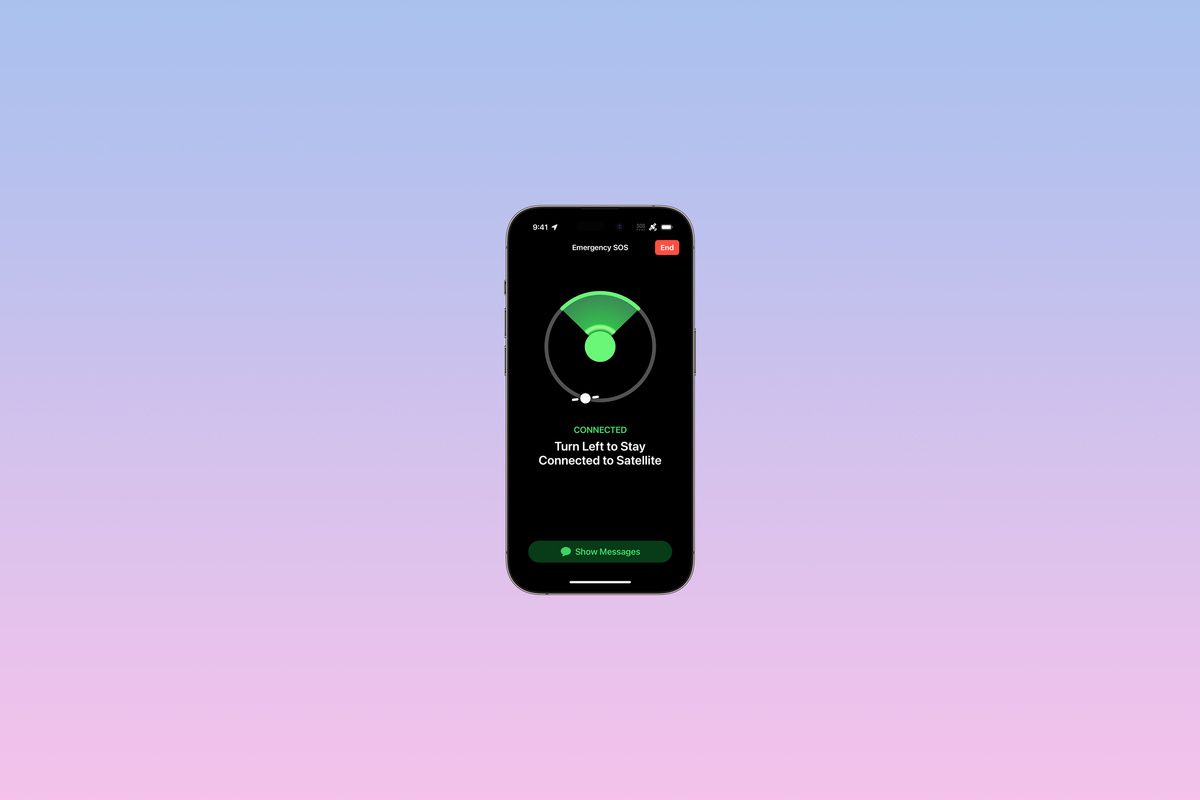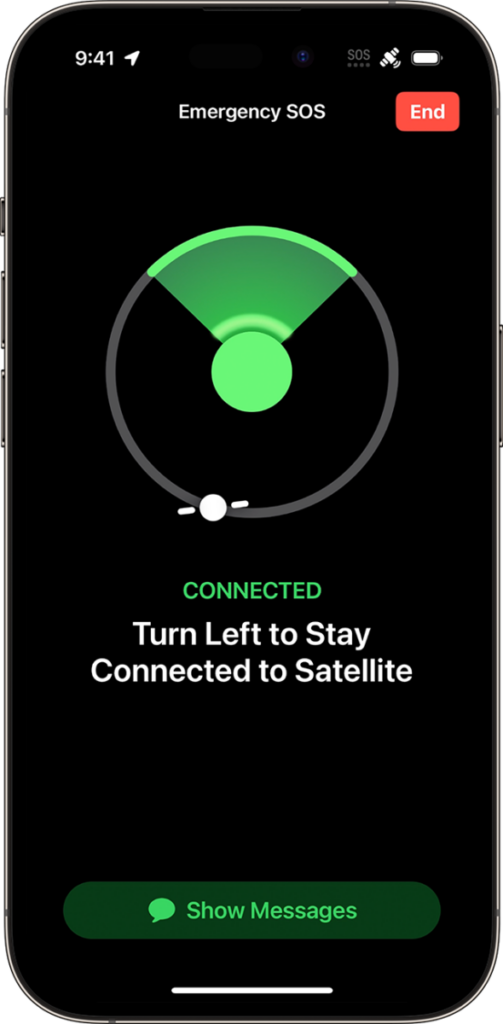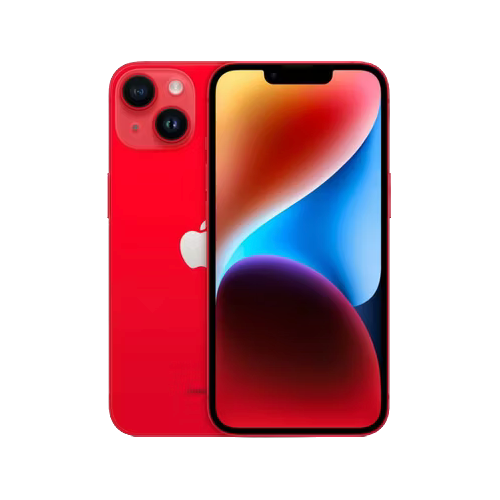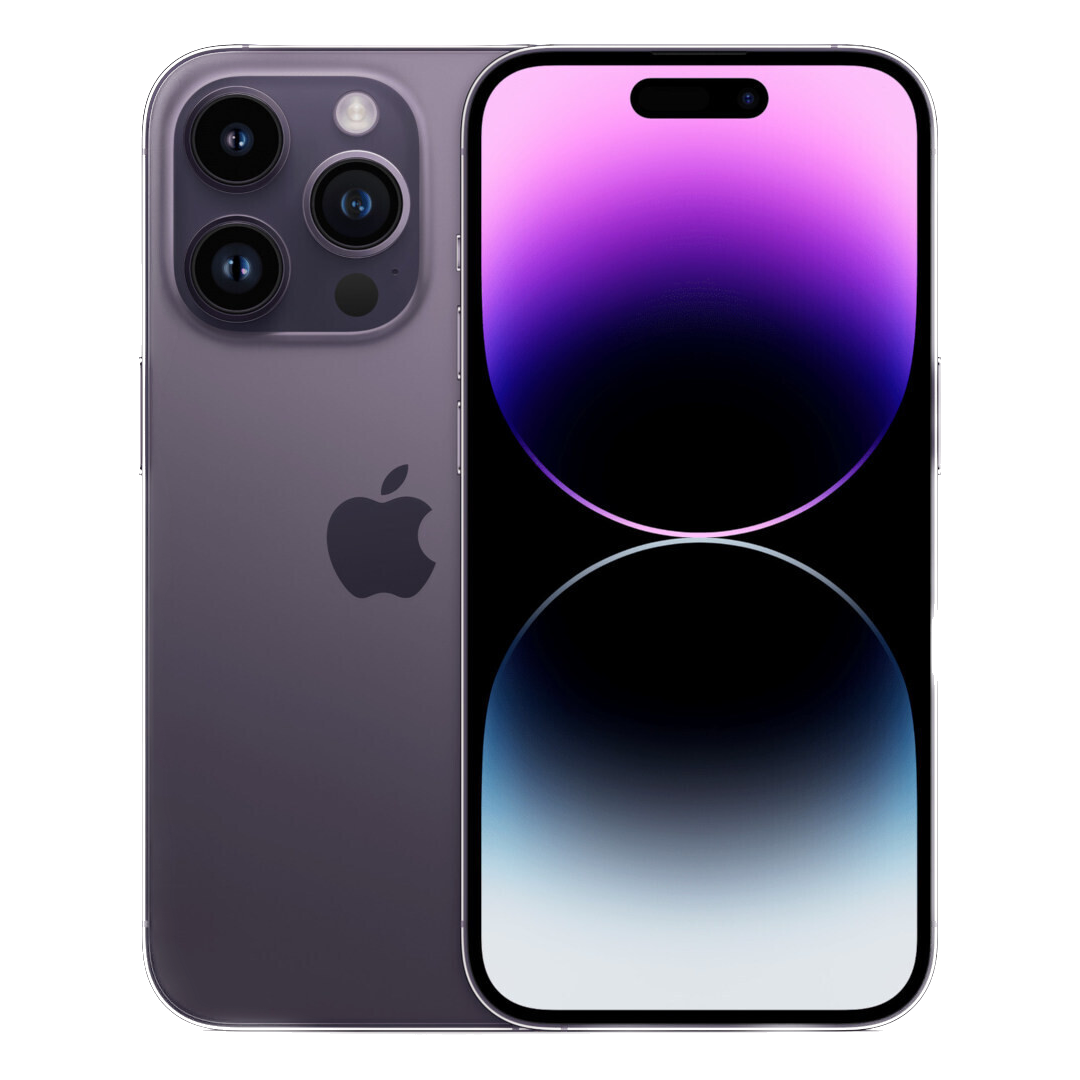The divide between the standard iPhone and the Pro models is wider than ever this year, with Apple keeping many marquee features exclusive to the iPhone 14 Pro and iPhone 14 Pro Max. But there's one feature that binds the new lineup together: satellite connectivity.
All four models in the iPhone 14 series feature basic satellite connectivity. We have been hearing rumors about Apple working on integrating the satellite connectivity feature into the iPhone since last year, and the feature is finally here with the iPhone 14 series. Of course, there are many limitations and caveats here. Nevertheless, Apple has achieved the feat of being the first to offer such a feature on a smartphone. So what does the satellite connectivity exactly do?
For now, not much. The iPhone 14's satellite connectivity is basically a safety feature that lets you get in touch with emergency services when you find yourself stuck or lost without any cellular or internet connectivity. In such situations, your iPhone 14 can use a satellite connection to get a message out to emergency services. Apple calls this feature Emergency SOS via satellite.
How does Emergency SOS via satellite work?
Using Emergency SOS via satellite requires that you're in an open space with a clear view of the sky and horizon. The iPhone 14 will show onscreen instructions to establish a connection with a satellite. Once connected, you'll be asked to answer a series of emergency questions to best describe your current situation. Your iPhone then starts a chat with emergency responders by sharing your Medical ID, emergency contact info, current location and elevation, remaining battery life, and the emergency questionnaire answers. In ideal conditions with a clear view of the sky, it can take 15 seconds to send a message. However, it can take more than a minute if you're under trees with light foliage.
The satellite connectivity feature wasn't available on the iPhone 14 series at launch. However, it rolled out via a software update in November to users in the U.S. and Canada. France, Ireland, Germany, and the U.K. followed suit in December. Users in these countries can depend on the technology for two years without paying a fee. At the time of writing, there's no word on whether it will be expanded to other markets later on and how much it'll cost after the free trials expire.
-
Apple iPhone 14
The iPhone 14 is the base model of the 2022 iPhone series, offering a balanced set of features for the average user.
-
Apple iPhone 14 Plus
The iPhone 14 Plus comes with a larger 6.7-inch screen but misses out on the Dynamic Island and Always-On Display features.
-
Apple iPhone 14 Pro
The iPhone 14 Pro brings a new front design, upgraded cameras, and a new all-powerful Apple silicon for the most premium iPhone yet.
-
Apple iPhone 14 Pro Max
The iPhone 14 Pro Max is Apple's biggest and best smartphone, and in typical Apple fashion, it is both a powerhouse and an endurance beast.




